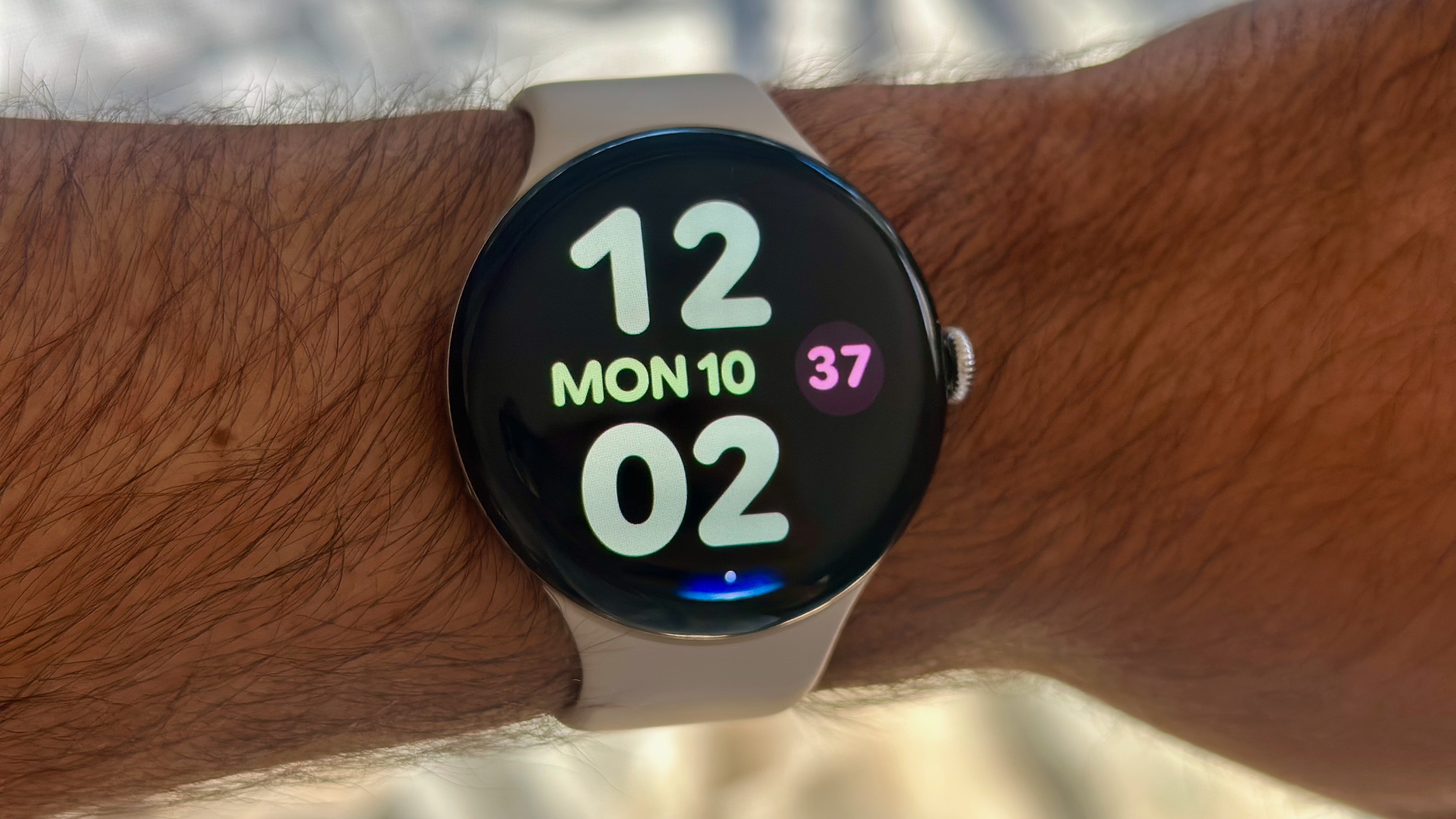Google enables new two-step 'prompt' log-in verification from your phone

Having two-step verification enabled on your Google account is an absolute must for keeping it safe, and today Google has enabled yet another way to verify your log-in attempts called a "Google prompt." Now sitting alongside the Google Authenticator app, text messages and security keys is the option to simply verify log-in attempts by unlocking a registered phone — the feature was announced today for paid Google Apps accounts, but has also been enabled for personal Google accounts as well.
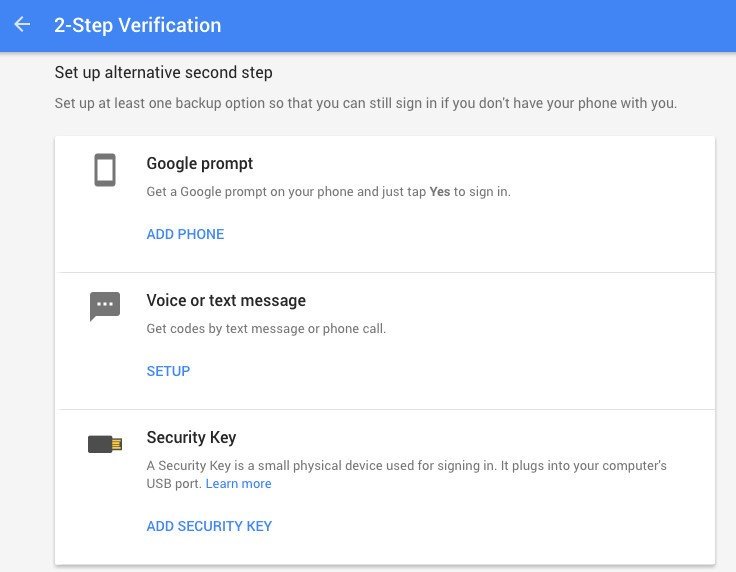
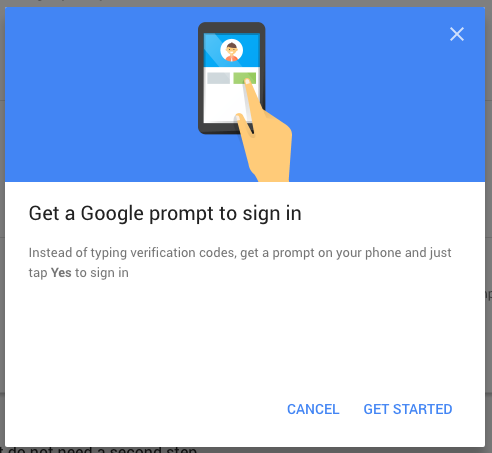
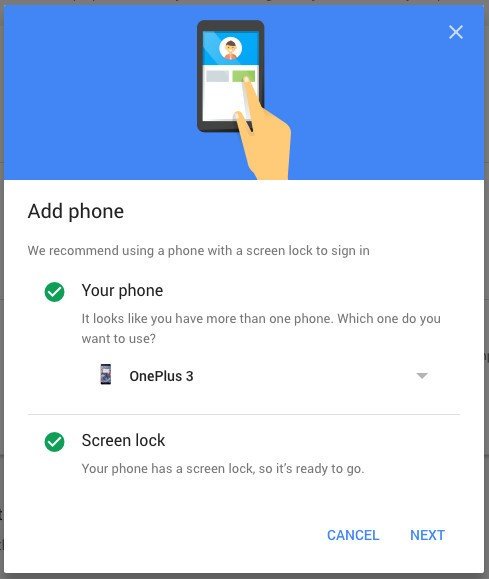
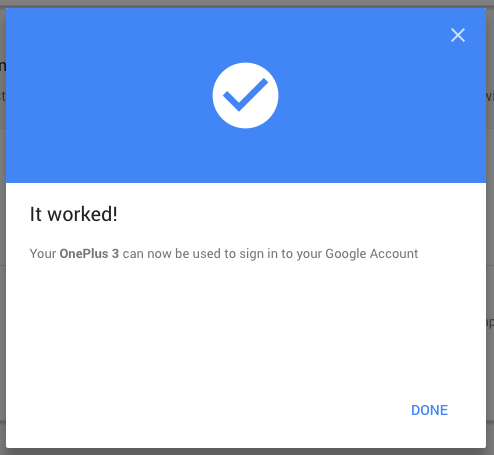
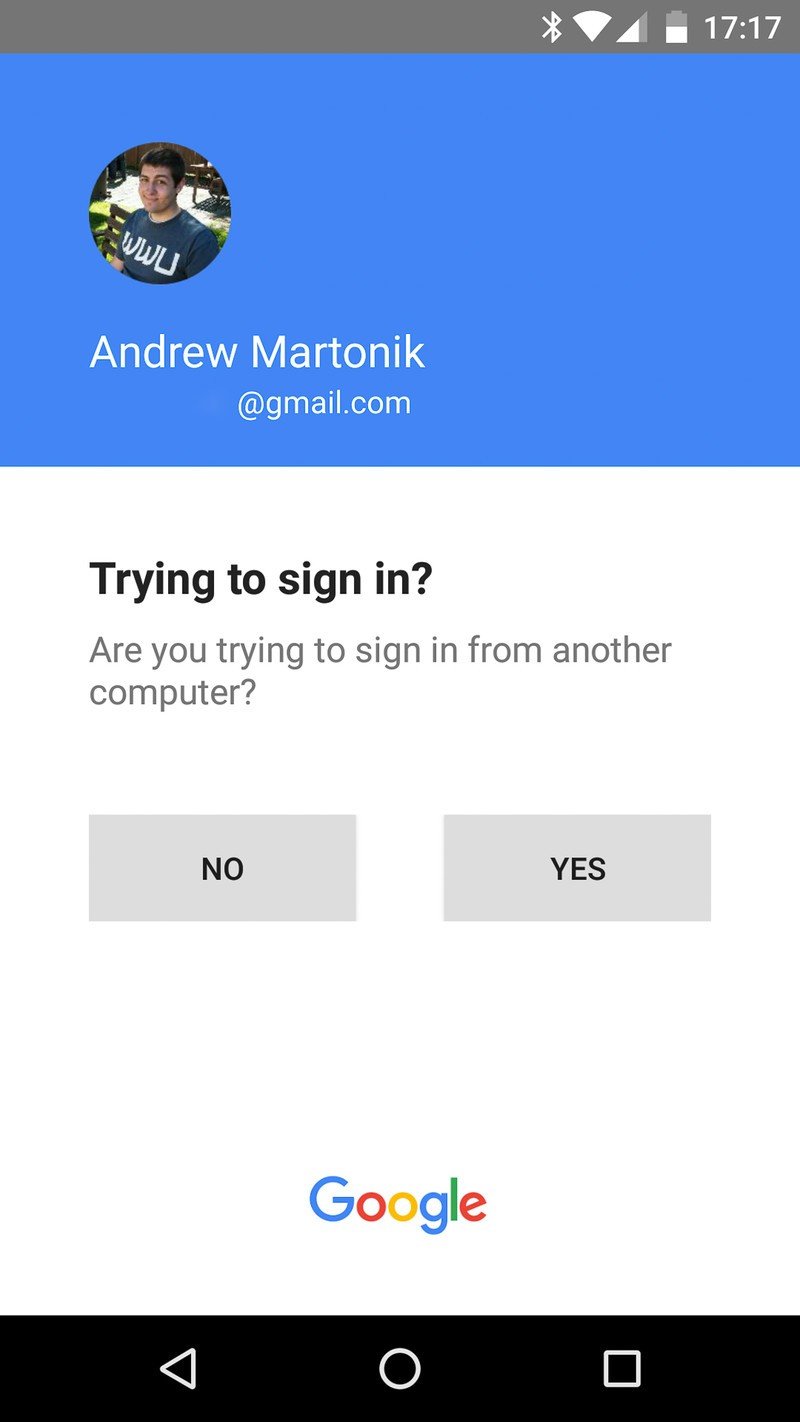
Once enabled through the Google security settings online, you can choose to have your phone prompt you with a full-screen notice any time a Google account log-in attempt was made — you simply tap "yes" on your phone and the log-in will be completed on the computer you tried to log in on. (You can also tap "no" if this was an unauthorized attempt.) The only requirements are a data connection on the phone and the latest version of Google Play Services. It can even be used on an iPhone using the Google Search app.
The new two-step option is not unlike Google's Smart Lock feature on Chrome OS, which lets you unlock your Chromebook when your registered phone is within Bluetooth range and unlocked.
This new Google prompt two-step verification option removes the extra step of waiting for a text message to arrive or opening an app like Google Authenticator to enter a code — all you have to do is have your phone nearby and have it secured with a lock screen. It also can stand alongside the Google Authenticator (or a third-party authenticator) app, meaning you could have multiple devices that are able to handle log-ins. In other words, this just took away any excuse you could've previously had for not having two-step verification enabled on your account.
Get the latest news from Android Central, your trusted companion in the world of Android

Andrew was an Executive Editor, U.S. at Android Central between 2012 and 2020.
